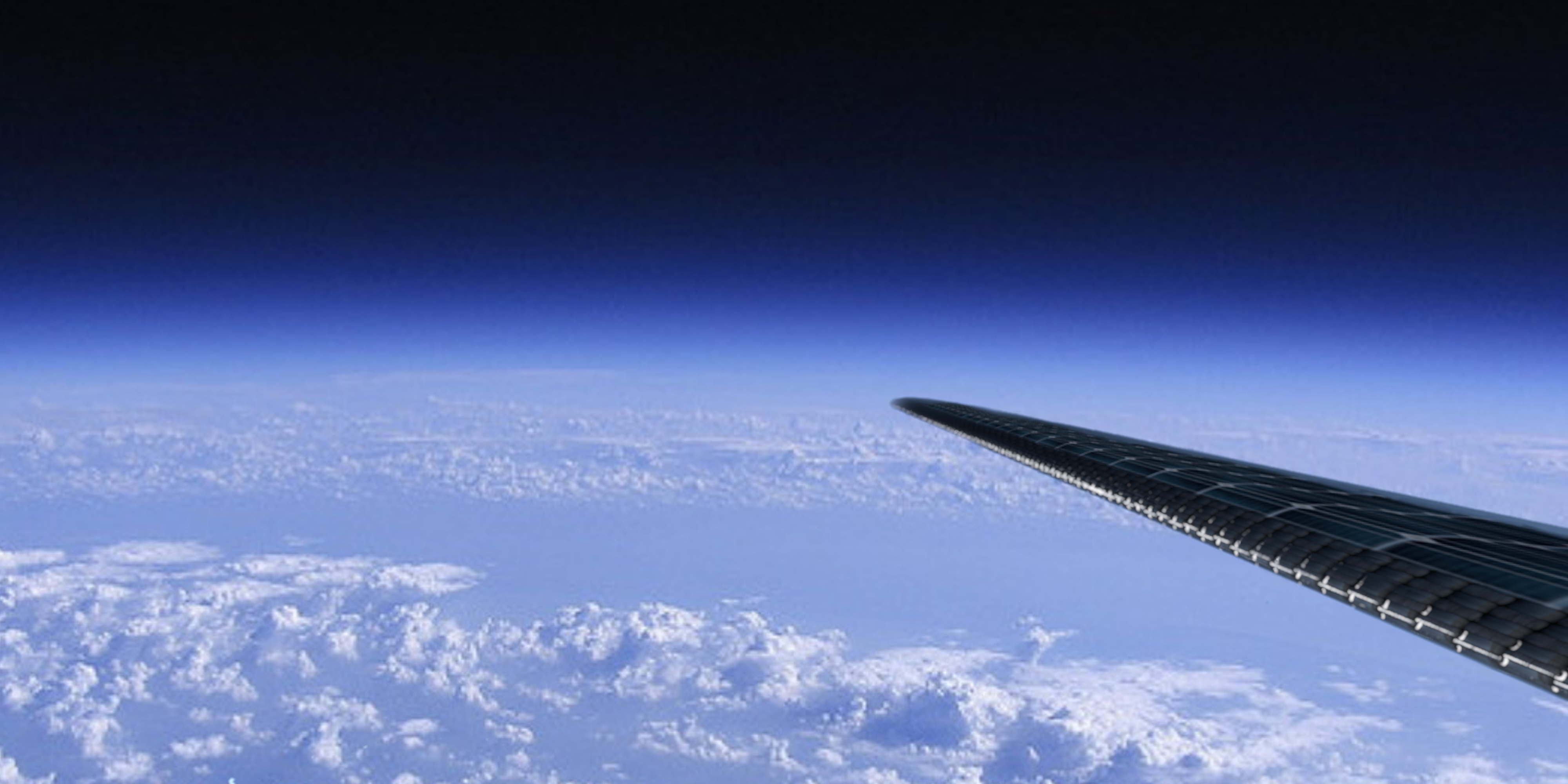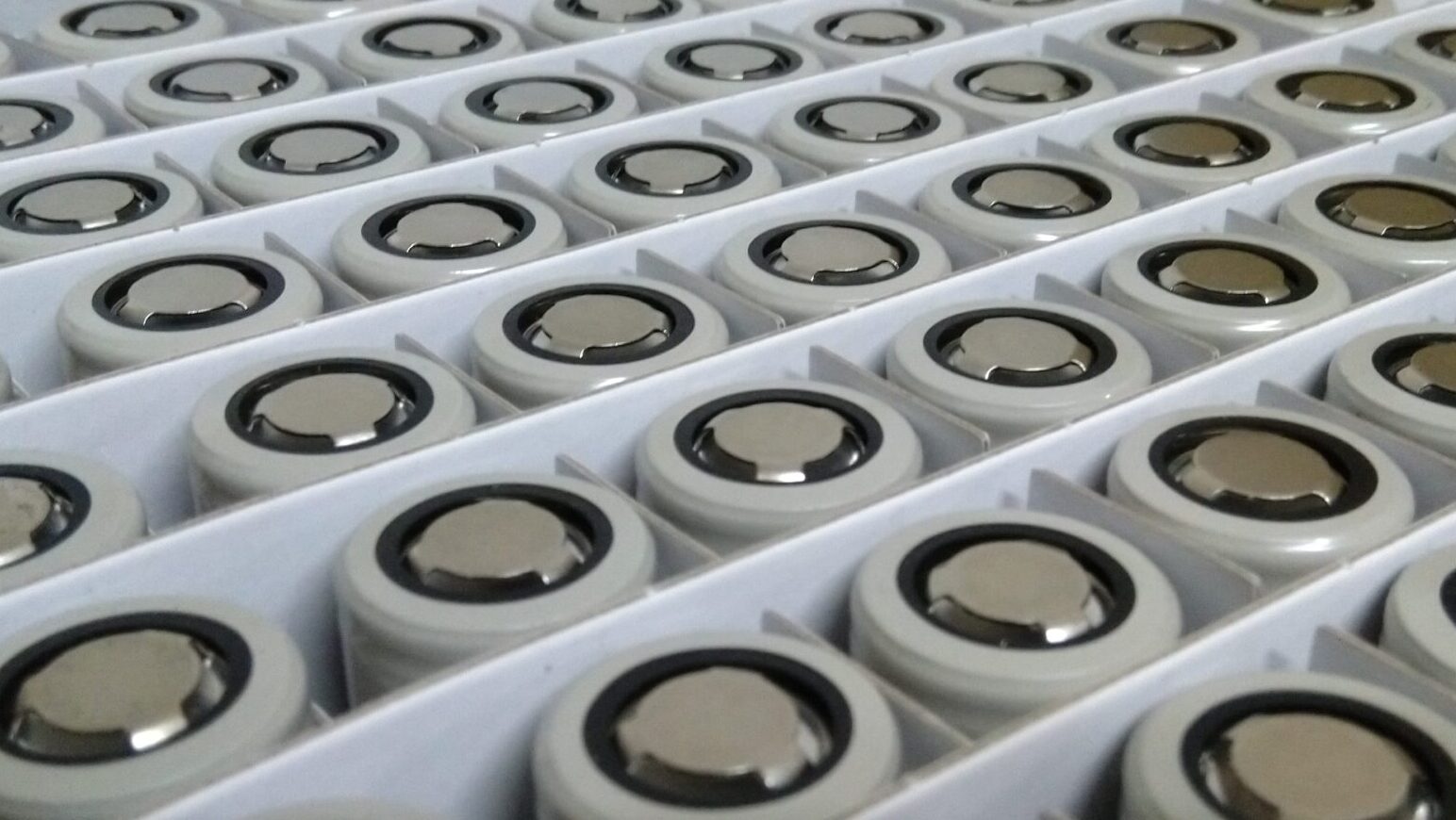-

V-TOL Aerospace executes JD Agreement of Sovereign Significance
V-TOL Aerospace has executed a Joint Development Agreement with the ASX listed battery manufacturer Li-S Energy and the solar cell manufacturer Halocell Energy. The aim of this agreement is to design and manufacture two (2) cutting edge multi-purpose drones: “These aircraft types equipped with advanced Li-S Energy’s storage and Halocell’s next-gen solar panels will be…
-

V-TOL Commences Battery Manufacturing to Secure its QA & Sovereign Capability
V-TOL has commenced manufacturing its own Lithium-Ion battery packs in a move towards increasing it’s quality assurance and technical sovereign capabilities. The key benefits are directly visibly for many aspects of the drone industry as a whole: “Reliability of supply and quality of product are will be critical to ensuring the next generations of battery…